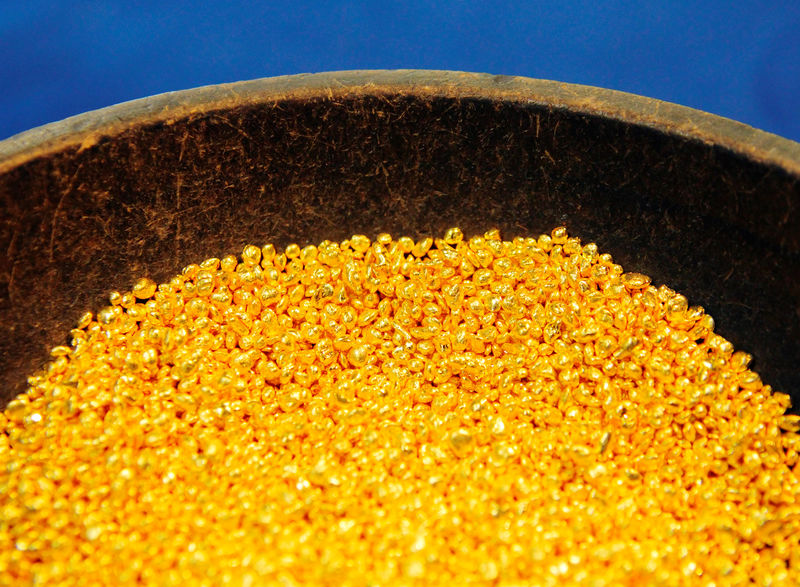By Ambar Warrick
Investing.com -- Gold prices fell slightly on Thursday as traders weighed hawkish signals on monetary policy from the Federal Reserve, while copper prices retreated further amid growing uncertainty over a potential global recession.
A slew of Fed officials spoke on monetary policy this week, with all of them raising the prospect of more interest rate hikes. While Fed Chair Jerome Powell noted recent progress against inflation, he warned that a strong jobs market and sticky inflation could invite more rate hikes.
This was echoed by Fed Governor Christopher Waller and New York Fed President John Williams, who also said that market expectations for two more rate hikes was a “reasonable view.”
The prospect of higher U.S. interest rates bodes poorly for non-yielding assets such as gold, given that it raises the opportunity cost of holding such assets.
Spot gold fell 0.1% to $1,874.13 an ounce, while gold futures fell 0.3% to $1,886.05 an ounce by 19:30 ET (00:30 GMT). While bullion prices were trading slightly higher for the week so far, they were also nursing steep losses from the prior week, after data showed unexpected resilience in the U.S. jobs market.
Such a scenario gives the Fed enough headroom to keep raising interest rates, which is negative for gold and broader metal markets.
Focus is now on U.S. consumer price index inflation data for January, which is due next week. While the reading is expected to show a further easing in inflation, price pressures are still expected to remain relatively high.
Other precious metals also fell. Platinum futures shed 0.3%, while silver futures shrank 0.6%.
Among industrial metals, copper prices inched lower on Thursday, extending steep declines marked in the prior session.
High-grade copper futures fell 0.1% to $4.0435 a pound, after tumbling 0.9% in the prior session.
While demand in major copper importer China is expected to perk up this year, traders have begun selling the red metal on concerns over a potential recession in the rest of the world.
Markets fear that rising interest rates will weigh on economic activity in the coming months, with recent data already signaling a slowdown in global manufacturing activity.
